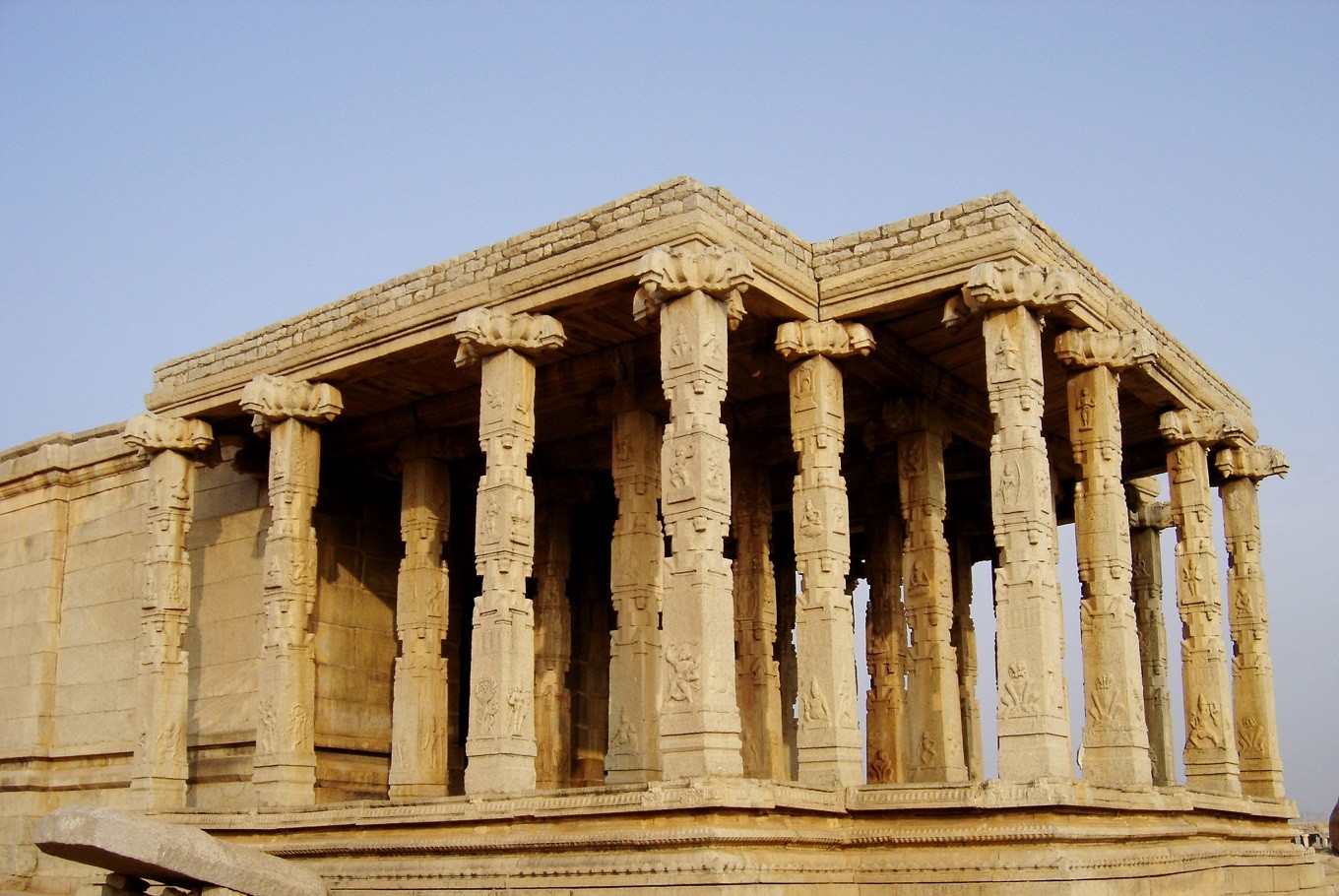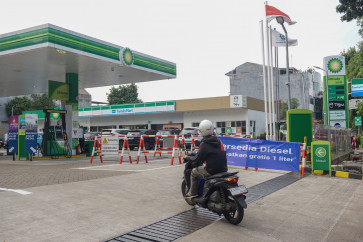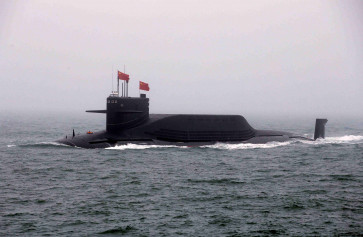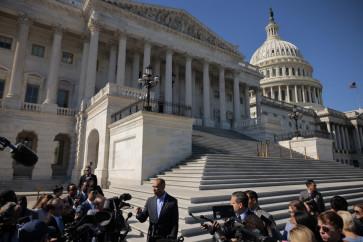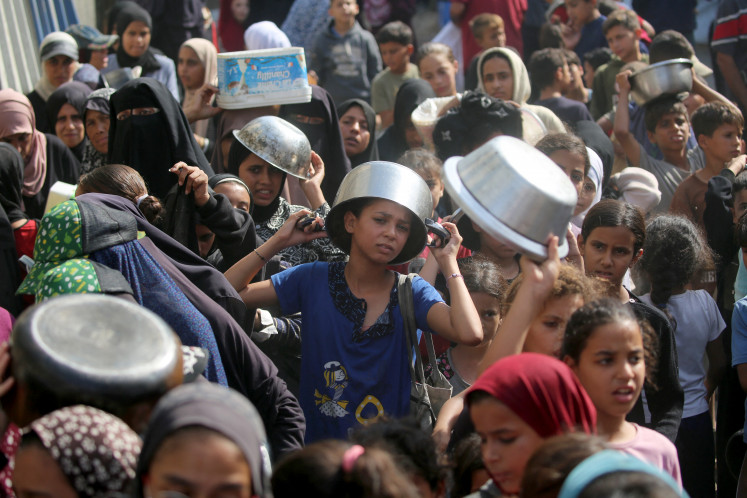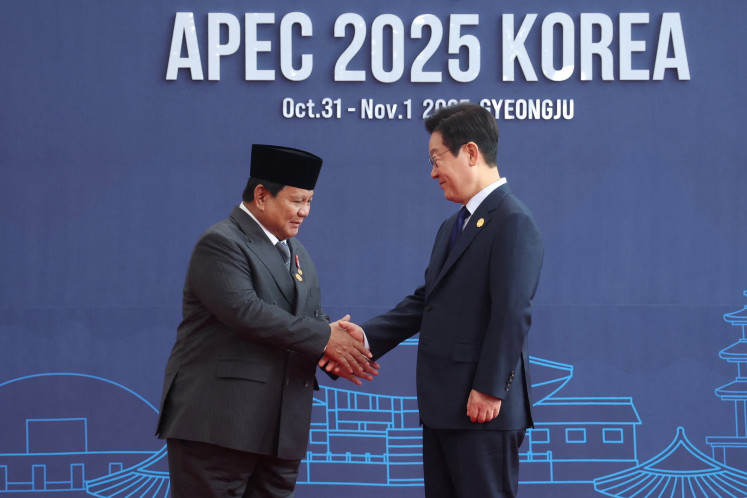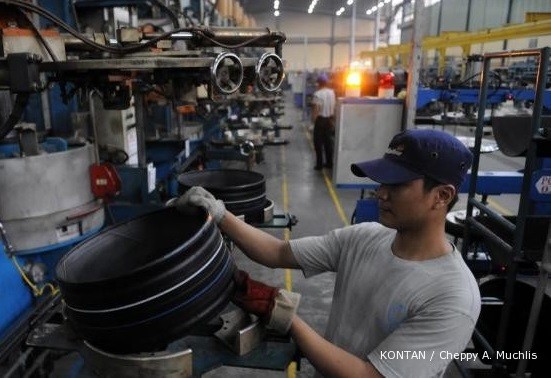Popular Reads
Top Results
Can't find what you're looking for?
View all search resultsPopular Reads
Top Results
Can't find what you're looking for?
View all search resultsThe great bazaars of Hampi
Change text size
Gift Premium Articles
to Anyone
T
ravelers describing Hampi in India often make one common statement: “The Vijayanagara Kingdom had such grandeur that pearls and precious stones were sold at street-side shops by the measures also used for food grains.”
None seem to provide factual evidence beyond that. Our search to understand this further, led us to a Hampi lecturer at Kannada University's ancient history and archaeology department, Dr. S. Y. Somshekhar. He has done research on the Bazaars of Hampi and published a book on the subject. He offered to take us on a tour of Hampi monuments to illustrate his findings.
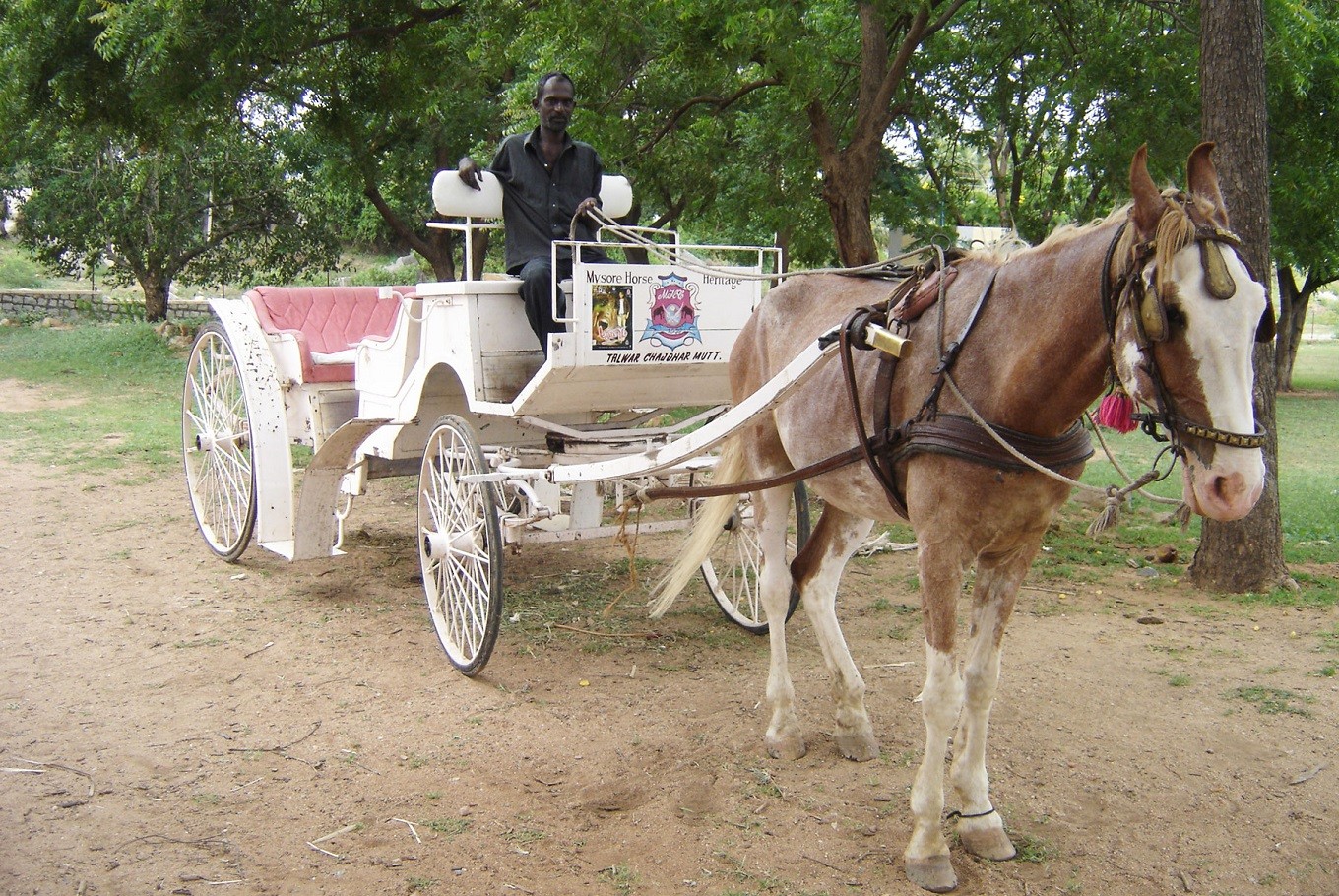 Tonga (horse chariot) available for Hampi sightseeing.(JP/Anand & Madhura Katti)
Tonga (horse chariot) available for Hampi sightseeing.(JP/Anand & Madhura Katti)
Our tour started at Kamalapura on a majestic Tonga (horse chariot) from the Mayura Bhuvaneshwari, a hotel run by the Karnataka State Tourism Development Corporation (KSTDC). We passed through Queen’s Bath, a plain square building that has a huge octagonal bath, bigger than a swimming pool. It has a large open courtyard with four centered arches that seem to have been decorated with fine stucco. Our first stop was the Pan Supari bazaar opposite Hazaara Rama Temple. Dr. Somshekhar said, “Friday market was held here, in the main city of what was then Vijayanagara. Until the mid-15th century, it only sold Pan Supari, but later it sold all kinds of utility items.”
(Read also: Macau: A taste of both worlds in 10 must-visit places)
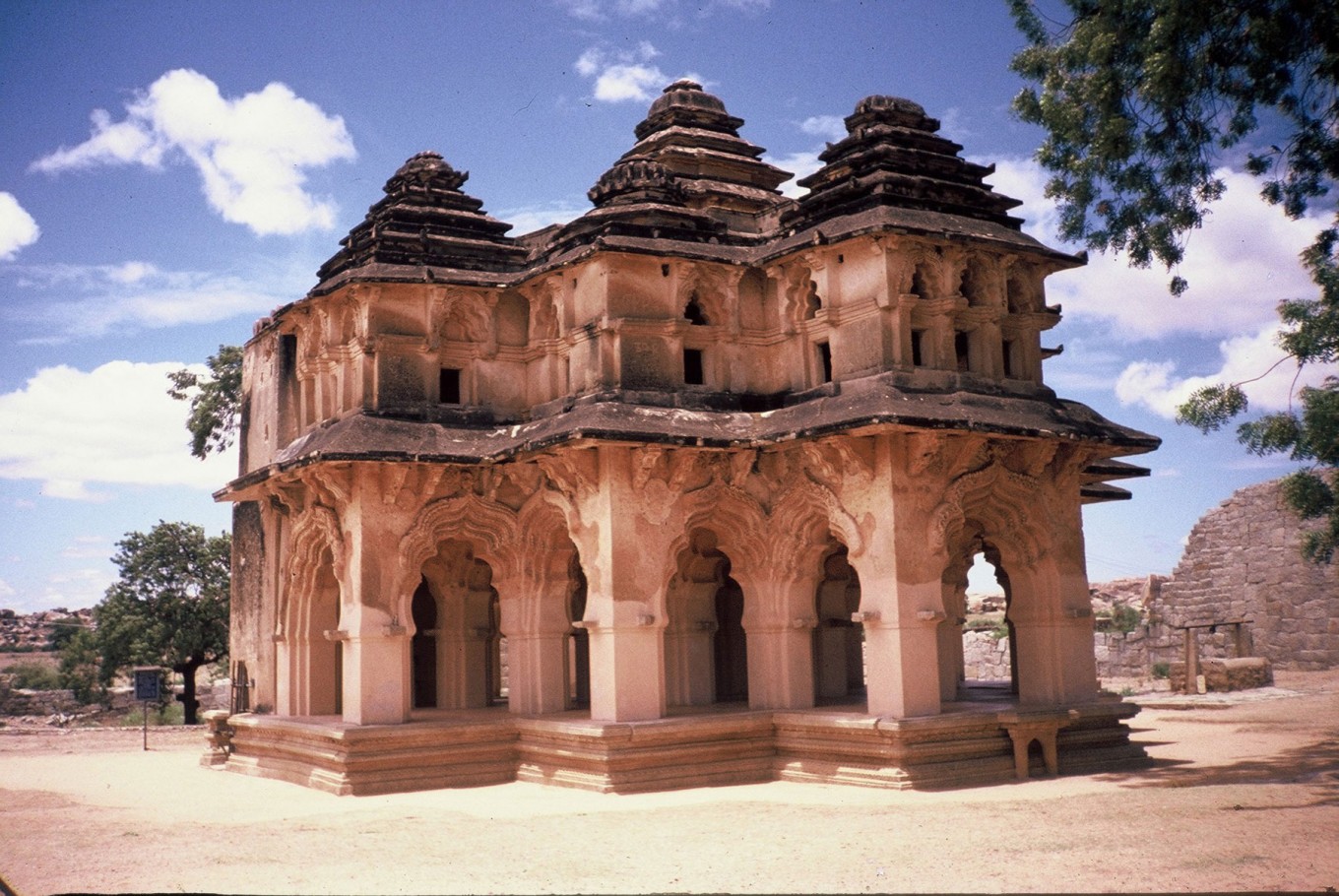 Lotus Mahal, Hampi, a World Heritage site.(JP/Anand & Madhura Katti)
Lotus Mahal, Hampi, a World Heritage site.(JP/Anand & Madhura Katti)
We remembered spending two hours at the nearby temple on our previous visit for a detailed look at the epic Ramayana, depicted in pictures of stone carvings at Hazaara (literally meaning 1000) Rama temple. Lotus Mahal, another elegant monument nearby, is said to have been the air-conditioned quarters for the Queens during the Vijayanagara time. It remains intact, except for its water-circulated air-conditioning system. The elephant stable behind should have fit several of the revered giants that led the army in those times.
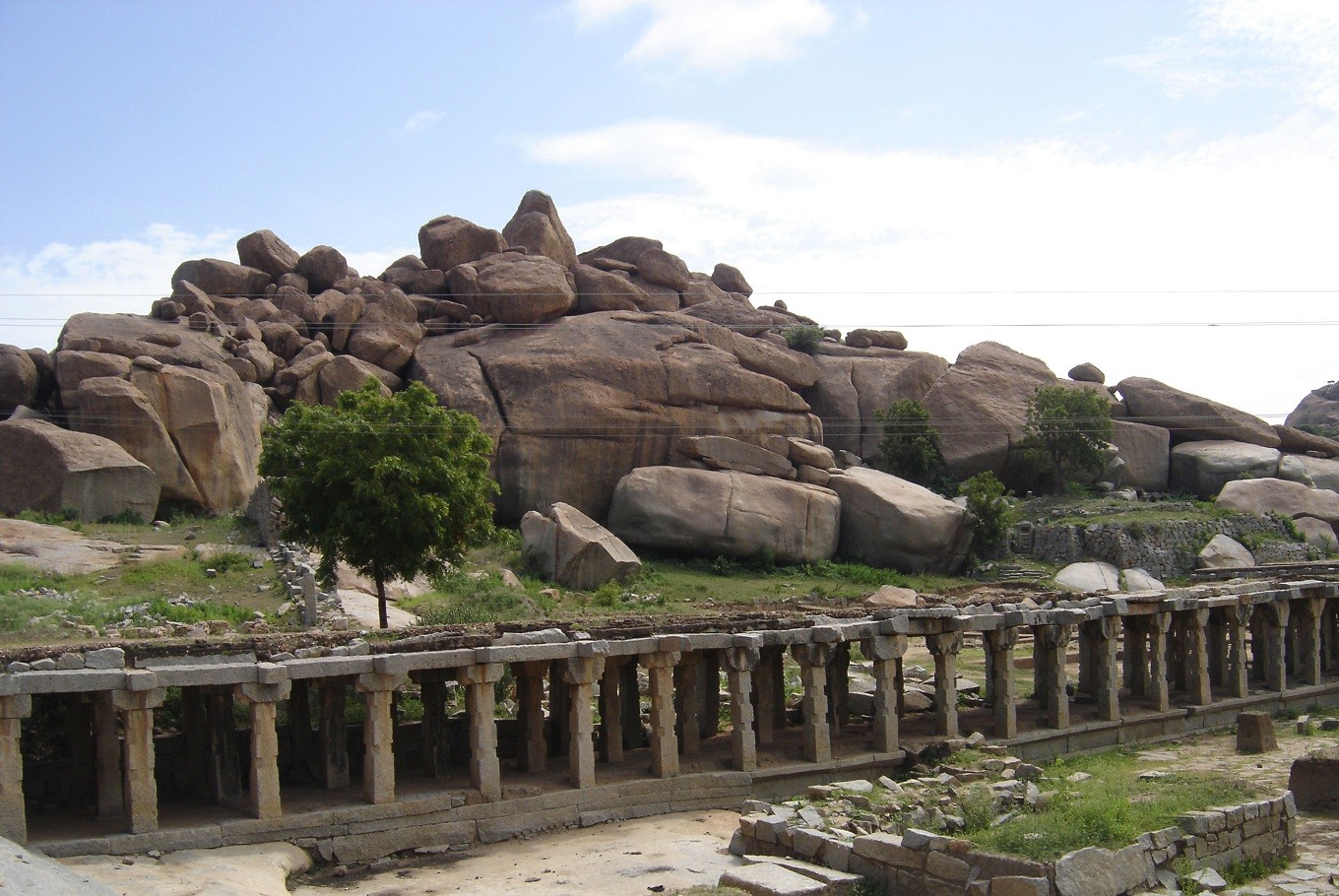 Bazaar lane at Balakrishna Temple, Hampi.(JP/Anand & Madhura Katti)
Bazaar lane at Balakrishna Temple, Hampi.(JP/Anand & Madhura Katti)
Our next stop is the Krishna bazaar, which was held every Monday in front of the Balakrishna temple. Its scenic location atop a mountain makes the remains beautiful even today. The bazaar was spread across an area of 570 by 50 meters. We passed Lakshmi Narasimha, the lion-faced human structure from the Indian epic, and the huge stone idol of Sasivekalu (mustard seed) Ganesha. Our further journey was an uphill task, smoothly covered by the well-fed horse. Chariot pilot Prabhakar proudly announced that his employers at KSTDC made sure that all the horses got a good share of feed from an appointed supplier. The bazaar in front of the temple dedicated to the kingdom’s main deity, Virupaksha, also had a stage for entertainment. A series of street-side shops selling antiques and other touristy items near the temple entrance seem only a remote reminder of the glorious bygone era, where priceless rubies, emeralds, diamonds, pearls and precious stones were sold in cups used for measuring grains.
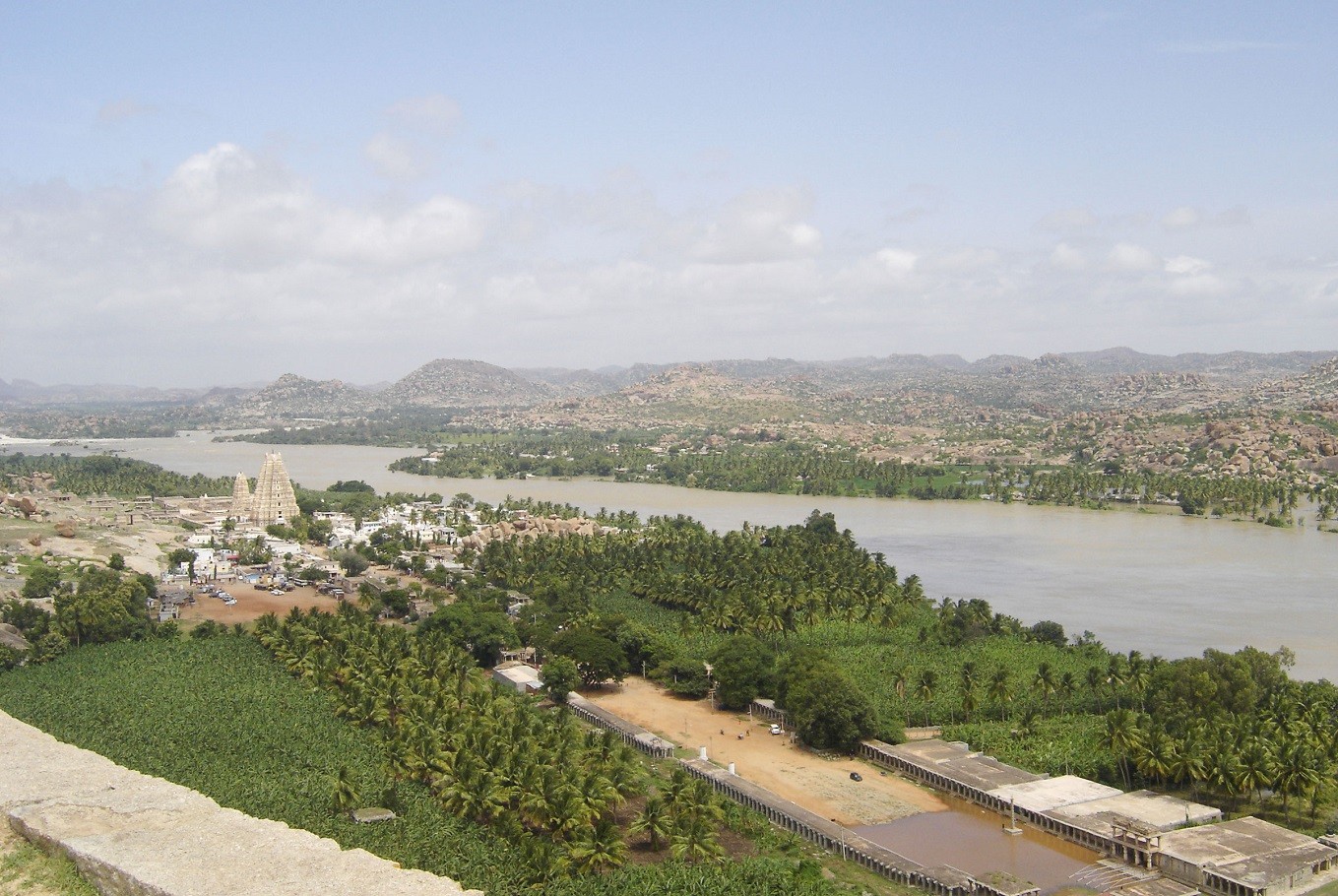 Bazaar lane infront of Virupaksha Temple.(JP/Anand & Madhura Katti)
Bazaar lane infront of Virupaksha Temple.(JP/Anand & Madhura Katti)
We climbed Malyavanta Parvata, the rocky mountain, as Mr. Somshekhar called it, “one can get a good view of three of the bazaars from the tip of the mountain.” We had chosen a trekkers path that is steep but was greener, with trees of wild flowers and spineless cacti. The French tourist we encountered on our way up was descending from the mountain. He greeted us saying, “You get a wonderful view of the entire city from the top. Just hold on, or you may lose balance with the blowing wind.”
Virupaksha temple looked majestic in its finely laid down multistoried structure. The Tungabhadra River splits here to form a little island. A small rock mountain that houses the Sugreeva Guhe cave lies beneath, next to the river. Interestingly, the region is mentioned in epic Ramayana as the dwelling place of the monkey battalion that helped King Rama bring back his kidnapped wife Sita from Raavana of Srilanka, hundreds of centuries before Vijayanagara. The nearby village of Anegondi is believed to be the birthplace of the monkey-god Hanuman.
The Achyuta bazaar could be seen on the other side. The complete view of the symmetrically laid-out pond along the bazaar lane was amazing. Dr. Somshekhar explained, “Kings always built a huge step-pond in front of the temple. It served as the water source for all those who visited the shrine.”
The Bala Krishna bazaar on the far off smaller mountain at the opposite end looked small. Many big and small mountains surround the rocky area of Hampi. Each one has its own beautiful shape and rock formation. Dr. Somshekhar could identify the hills of Matanga, Ratnakoota, Hemakoota, Vrushi Mukha, Anjandri and Somnath. “Vrushi Mukha has rock paintings from the Neolithic age that depict ox and tiger.”
(Read also: Islamic site near Mecca among few still preserved)
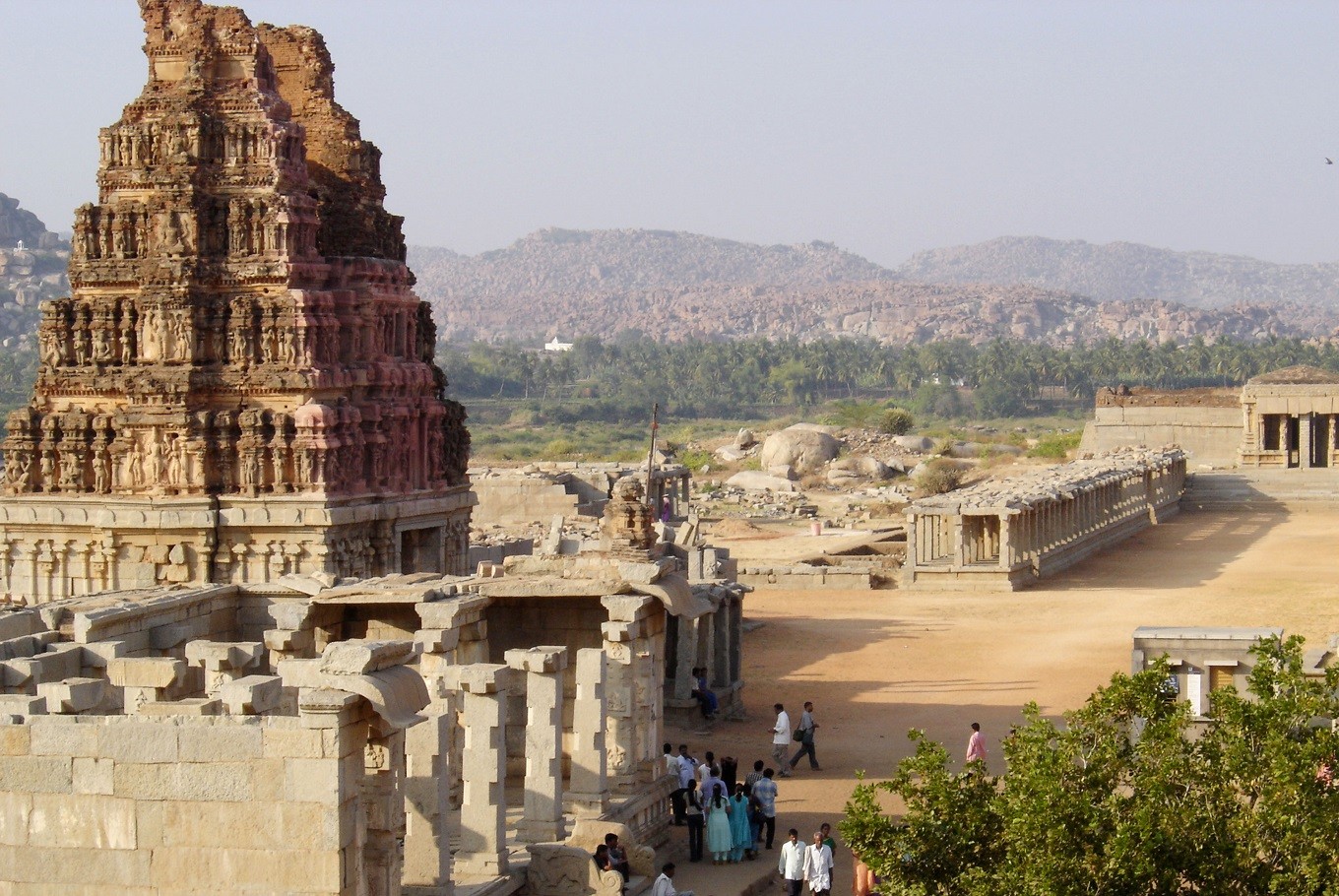 Bazaar complex near Vitthala Temple, Hampi.(JP/Anand & Madhura Katti)
Bazaar complex near Vitthala Temple, Hampi.(JP/Anand & Madhura Katti)
The downhill climb from Malyavanta Parvata was quick and easy. We turned back to Kamalapura, where we had started. After a South India thali meal for lunch at the open courtyard restaurant at Hotel Mayura Bhuvaneshwari, we set out on a different route. The bazaar at the Vijaya Vithala temple is the longest, befitting the beautiful temple complex that has an intricately carved stone chariot, the most photographed monument at Hampi. It also has numerous stone pillars in the temple complex that amazingly resonate sounds of different musical instruments. “The bazaar’s length is a little short of a kilometer,” said Dr. Somshekhar. He has actually measured all the bazaars with a measuring tape. “I have read 17th-century Portuguese writer Domingo Paes’ travelogue, in which he mentioned that market was held every day of the week at different locations. Later I chanced upon a stone manuscript that mentioned the tax paid by a shopkeeper to the king’s treasury on a particular day at a particular location.” That prompted him to do more research on the subject. It took him a long time in the absence of much detail. His perseverance paid off when Kannada University published his book on bazaars.
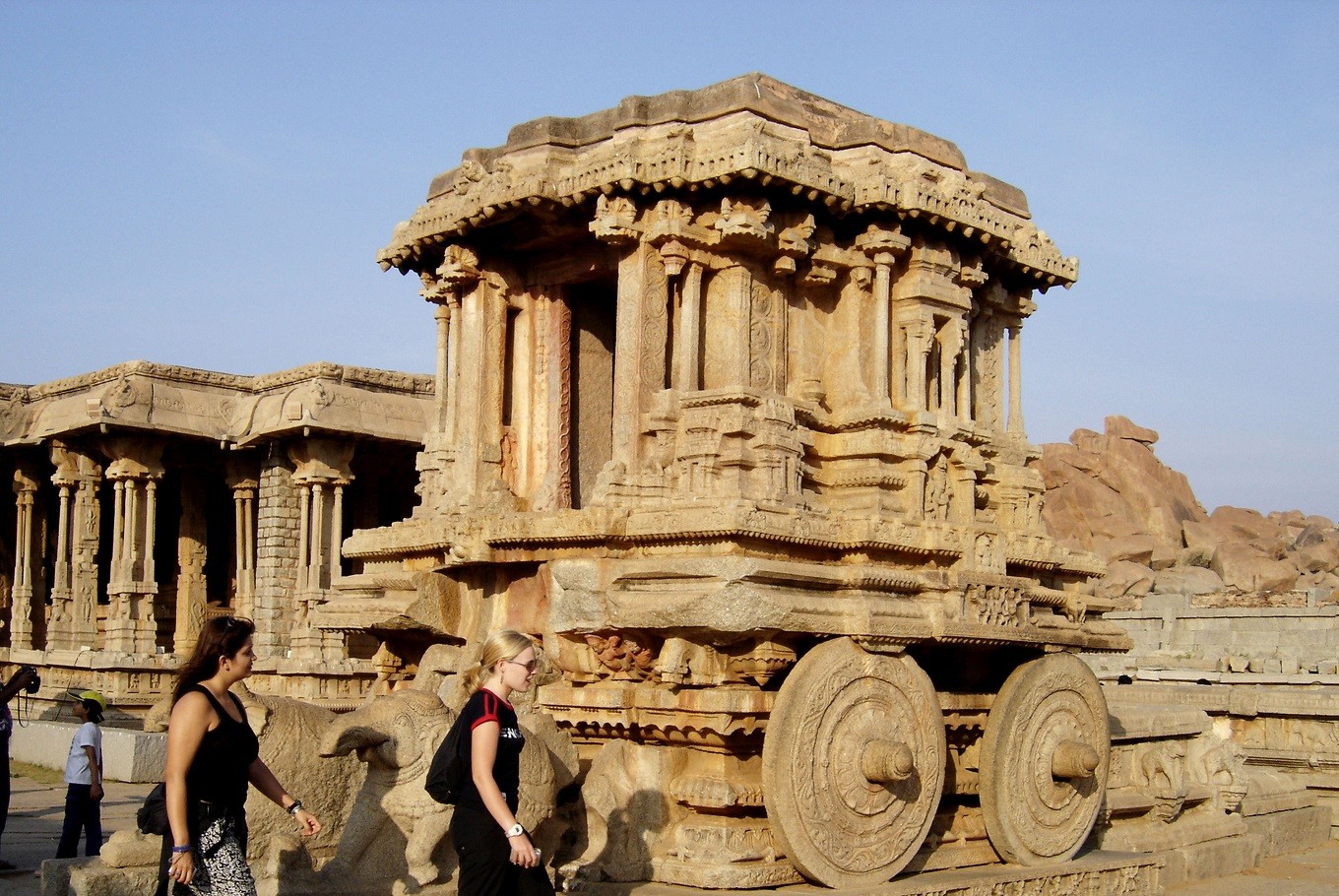 Stone chariot at Vitthala Temple, Hampi.(JP/Anand & Madhura Katti)
Stone chariot at Vitthala Temple, Hampi.(JP/Anand & Madhura Katti)
One interesting point noted in his book is that charitable establishments would exist in a bazaar complex. These imparted education and also served food to visitors. Silk from China, carpets from Persia, horses brought from Europe and many more imported goods were also sold at bazaars during the Vijayanagara time. We saw Malyavanta bazaar, which has a few remains in terms of stone structures. The last bazaar on our visit was the Varadarajammana bazaar at the Pattabhirama temple, very close to Kamalapura.
A chariot ride seemed the best way to enjoy Hampi, which has monuments scattered across a wide area. It has an open top and travels at a slow pace, which saved us from walking and left no pollution behind at the same time.
(Read also: Traversing the wild and wonderful safari capital of the world)
 Virupaksha Temple dedicated to God Shiva at Hampi.(JP/Anand & Madhura Katti)
Virupaksha Temple dedicated to God Shiva at Hampi.(JP/Anand & Madhura Katti)
Decently furnished rooms are available at the Hampi Kannada University guesthouse. A cook’s family caters to basic breakfast and meals at a nominal cost. The university, spread across 750 acres, has a museum and a souvenir shop. The main building is an adaptation of ancient architecture of the Vijayanagara Empire. A university bus connects to Hospet, going back and forth five times a day. It has an intermediate stop at Kamalapura, four kilometers away. As one visit is not enough to understand this great kingdom, we have decided to come back sometime soon.
***
Anand & Madhura Katti (husband & wife team) are award winning travel journalists based in Mumbai, India. They travel across the country and the world, attending many travel trade, hotel industry summits, and conferences. They also have contributed to many Indian newspapers and some overseas publications for 26 years. Writers can be contacted at abkatti@gmail.com.
---------------
Interested to write for thejakartapost.com? We are looking for information and opinions from experts in a variety of fields or others with appropriate writing skills. The content must be original on the following topics: lifestyle ( beauty, fashion, food ), entertainment, science & technology, health, parenting, social media, and sports. Send your piece to community@jakpost.com. For more information click here.

